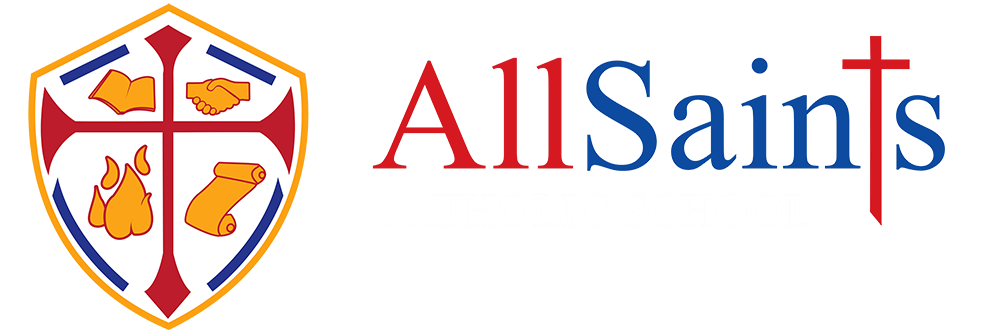ICT/ Computer Science
All the members of the Computer Science Department have a wide range of industry experiences and skills. The main strength of the team is the expertise that each teacher brings to the classroom. The commitment, hard work, innovation and enthusiasm of the team is evident on a daily basis in any Computing classroom.
Key skills (subject specific) that are developed:
The key driver shaping the CS & IT curriculum is the main aim of enabling pupils to acquire computing knowledge, digital skills, understanding and problem-solving strategies through computational thinking which can support them in other areas of the curriculum and further on in their future career and life.
We are trying to achieve a comprehensive, balanced and high-quality computing education for all our students embedding in the curriculum all the three strands of Computing:
-
Computer Science: computational thinking, programming, problem solving, hardware-software-networking, cybersecurity.
-
Digital Literacy: the safe, responsible, and effective use of digital technology
-
Information Technology with its two parts the digitization and its consequences and efficient use of digital tools such as spreadsheets, databases, etc.
KS3
Summary
Computer Science and ICT are taught together at Key Stage 3, and a blended approach is used, teaching the key concepts of computational thinking with practical elements, such as programming, , game development, web design, spreadsheets, databases and safe and responsible use of digital technologies.
Additional Reading:
Compute-IT: Student's Book 1 - Computing for KS3 Paperback – aEdition, 30 May 2014 by Mark Dorling (Author), George Rouse (Author)
Compute-IT: Student's Book 2 - Computing for KS3 Paperback – Student Edition, 30 May 2014 by Mark Dorling (Author), George Rouse (Author)
Scratch Programming in easy steps: Covers Versions 2.0 and 1.4 Paperback , 30 Sep 2013 by Sean McManus (Author)
HTML5 in easy steps, 2nd Edition Paperback – 17 Feb 2017 by Mike McGrath
Useful websites:
KS4
Summary: The department offers two course at KS4: GCSE Computer Science (OCR) and OCR level1 Cambridge National in IT and the students have the option to pick one area to specialise in as they reach KS4.
KS5
Summary
The department offers two course at KS5: A level Computer Science (OCR) and KS5 ICT Cambridge Technical Level 3 and the students have the option to pick the suitable course for them.
The entry requirements for the A level CS are Grade 6 in GCSE CS, Grade 5 in Mathematics and Grade 5 in English Language.

